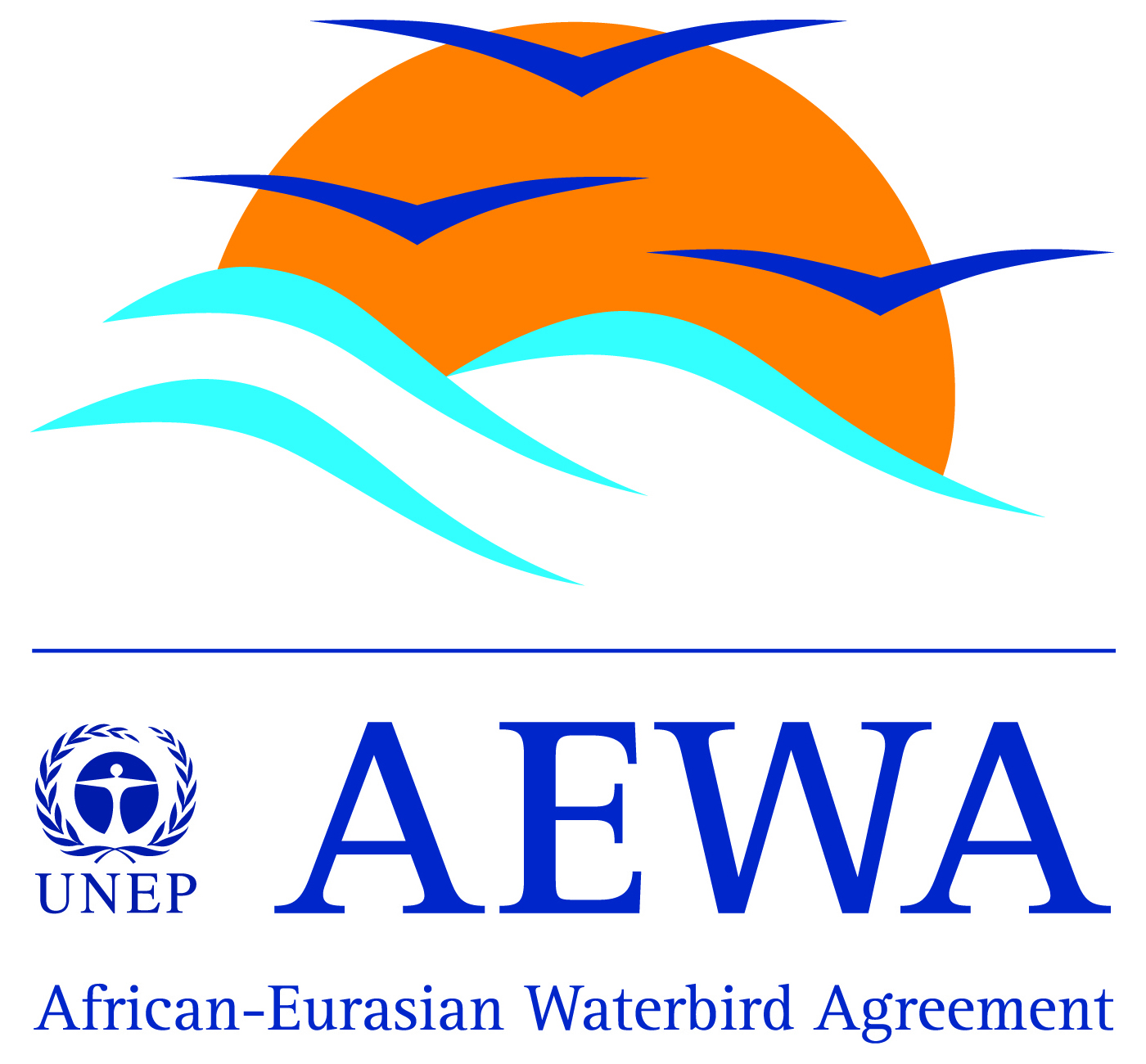Catalogue of Conservation Reports:
Results from Systematic Searches
Search for evidence
e.g. "frogs chytrid"
311 studies found
Refine
Hide
311 studies found
Download these search results:
| 0 selected |
|
Order results by:
| Study | Published | |
|---|---|---|
|
Impact of moorland grazing and stocking rates Based on: Martin D., Fraser M.D., Pakeman R.J. & MOFFAT A.M. (2013) Natural England report, Natural England Evidence Review 006. |
2013 | |
|
Dead wood matters: The ecology and conservation of saproxylic invertebrates in Britain: British Ecological Society proceedings April 1992 Based on: Kirby K.J. & Drake C.M. (1993) Natural England (English Nature) report, English Nature Science 07. |
1993 | |
|
Grassland habitat translocation: the case of Brocks Farm, Devon Based on: Jefferson R.G., Gibson C.W.D., Leach S.J., Pulteney C.M., Wolton R. & Robertson H.J. (1999) Natural England (English Nature) report, English Nature Research Report 304. |
1999 | |
|
Evaluating the importance of agri-environment scheme buffer strips to widespread amphibians and reptiles [Environmental Stewardship Monitoring and Evaluation Framework Reference ECM6147]: Final report Based on: Salazar R., Foster J. & Thompson P. (2016) Amphibian and Reptile Conservation (ARC) report, Report to Natural England. Study Link |
2016 | |
|
Lessons learned from tree planting on Rum National Nature Reserve Based on: Stiven R. & Smith M. (2005) NatureScot report. |
2005 | |
|
Mediterranean temporary pools: Volume 1 - Issues relating to conservation, functioning and management Based on: Grillas P., Gauthier P., Yavercovski N. & Perennou C. (2004) MedWet & Tour du Valat report. |
2004 | |
|
Assessing the nature and use of corvid cage traps in Scotland: Part 3 of 4 - Trap operation and welfare Based on: Campbell S.T., Hartley F.G. & Fang Z. (2016) NatureScot report, no. 933. |
2016 | |
|
Saltmarsh review: An overview of coastal saltmarshes, their dynamic and sensitivity characteristics for conservation and management Based on: Boorman L. (2003) Joint Nature Conservation Committee (JNCC) report, no. 334. |
2003 | |
|
Review of the effectiveness of gull culling for nature conservation purposes Based on: Owen M., Kirby J. & Holmes J. (2001) Natural England (English Nature) report, English Nature Research Report 438. |
2001 | |
|
Biodiversity studies of six traditional orchards in England Based on: Lush M., Robertson J.H., Alexander A.K.N., Giavarini V., Hewins E., Mellings J., Stevenson R.C., Storey M. & Whitehead P.F. (2009) Natural England report, Natural England Research Report 025. |
2009 | |
|
Grazing heathland: A guide to impact assessment for insects and reptiles Based on: Offer D., Edwards M. & Edgar P. (2003) Natural England (English Nature) report, English Nature Research Report 497. |
2003 | |
|
Genetic Impacts of Stocking on Indigenous Brown Trout Populations Based on: Ferguson A. (2007) Environment Agency report, Science Report: SC040071/SR. |
2007 | |
|
The success of creation and restoration schemes in producing intertidal habitat suitable for waterbirds Based on: Atkinson P.W., Crooks S., Grant A. & Rehfisch M.M. (2001) Natural England (English Nature) report, English Nature Research Report 425. |
2001 | |
|
The status and conservation of the white-winged wood duck (Cairina scutulata) Based on: Green A.J. (1992) Wetlands International report. |
1992 | |
|
Amphibians & reptiles: Ecology and management Based on: Morand A. (2001) MedWet & Tour du Valat report, Conservation of Mediterranean wetlands - number 11, 112pp. |
2001 | |
|
A conservation literature review for the harbour porpoise (Phocoena phocoena) Based on: Inter-Agency Marine Mammal Working Group (IAMMWG), Camphuysen C.J. & Siemensma M.L. (2015) Joint Nature Conservation Committee (JNCC) report, no. 566. |
2015 | |
|
A comparison of breeding bird numbers along canals with and without a close season for fishing Based on: Marchant J.H., Gregory R.D., Balmer D.E., Gough S.J. & Wilson A.M. (1998) British Trust for Ornithology report, BTO Research Report 211. |
1998 | |
|
Condition assessment of Thanet Coast Special Area of Conservation Based on: Natural England (2015) Natural England report, Natural England Commissioned Report 165. |
2015 | |
|
Fen raft spider recovery project: a decade of monitoring. Reports for 1991-1999 and 2000 Based on: Smith H. (2000) Natural England (English Nature) report, English Nature Research Report 358. |
2000 | |
|
Update of Saltmarsh Management Manual: Science Summary Based on: Environment Agency . (2007) Environment Agency report, Science Report: SC030220/SR. |
2007 | |
|
Utility of lenient grazing on agricultural grassland to promote in-field structural heterogeneity, invertebrates and bird foraging [BD5207: Extensive cattle grazing: what is the best approach to improve species-poor pastures for birds and invertebrates? (Phase 2)] Based on: RSPB . (2016) Natural England report, Project BD5206/BD5207 RSPB Final Report to DEFRA/Natural England (RP00196). Study Link |
2016 | |
|
Management of nest sites for colonial birds Based on: Perennou C., Sadoul N., Pineau O., Johnson A. & Hafner H. (1996) MedWet & Tour du Valat report, Conservation of Mediterranean wetlands - number 4. |
1996 | |
|
Assessment of the impacts of the Entry Level Scheme on bird populations: Results from the baseline year, 2005 Based on: Chamberlain D., Noble D. & Vickery J. (2006) British Trust for Ornithology report, BTO Research Report 437. Study Link |
2006 | |
|
Ex-situ breeding summary Based on: Anonymous A. (2006) Flamingo: Bulletin of the IUCN-SSC/Wetlands International Flamingo Specialist Group, 14, 9-11. |
2006 | |
|
Report of the Working Group on Bycatch of Protected Species (WGBYC), 4–7 February 2014, Copenhagen, Denmark Based on: International Council for the Exploration of the Sea (ICES) (2014) International Council for the Exploration of the Sea (ICES) report, ICES WGBYC Expert Report 2014, 96pp. |
2014 |
Download these search results:
| 0 selected |
|
Watch this search
If you are familiar with RSS feeds, please click the button below to retrieve the feed URL:
RSS feed for this searchIf you are unfamiliar with RSS feeds, we would suggest reading this BBC article.
Unfortunately, due to the number of feeds we have available, we cannot provide e-mail updates. However, you could use tools such as Feed My Inbox to do this for you.
What are 'Individual studies' and 'Actions'?
Individual studies
An individual study is a summary of a specific scientific study, usually taken from a scientific journal, but also from other resources such as reports. It tells you the background context, the action(s) taken and their consequences.
If you want more detail please look at the original reference.
Actions
Each action page focuses on a particular action you could take to benefit wildlife or ecosystems.
It contains brief (150-200 word) descriptions of relevant studies (context, action(s) taken and their consequences) and one or more key messages.
Key messages show the extent and main conclusions of the available evidence. Using links within key messages, you can look at the paragraphs describing each study to get more detail. Each paragraph allows you to assess the quality of the evidence and how relevant it is to your situation.
Where we found no evidence, we have been unable to assess whether or not an intervention is effective or has any harmful impacts.

What Works in Conservation
What Works in Conservation provides expert assessments of the effectiveness of actions, based on summarised evidence, in synopses. Subjects covered so far include amphibians, birds, mammals, forests, peatland and control of freshwater invasive species. More are in progress.
More about What Works in Conservation
Download free PDF or purchase
The Conservation Evidence Journal
An online, free to publish in, open-access journal publishing results from research and projects that test the effectiveness of conservation actions.
Read the latest volume: Volume 21
Discover more on our blog
Our blog contains the latest news and updates from the Conservation Evidence team, the Conservation Evidence Journal, and our global partners in evidence-based conservation.
Go to the Conservation Evidence blog
Who uses Conservation Evidence?
Meet some of the evidence champions


)_2023.JPG)















For a full list of, and information about, our champions:
All Evidence ChampionsAbout our champions, why and how to become one:
Become an Evidence ChampionThis website uses Cookies
We use limited Cookies to run the site and to analyse our traffic (none for site vendors). By using this site, you will be providing your consent to our use of Cookies.
Accept & continue1 Select a category
- Birds
- Marshes and Swamps
- Reptiles
- Terrestrial Mammals
- Subtidal benthic invertebrates
- Bats
- Marine and Freshwater Mammals
- Control of Freshwater Invasive Species
- Primates
- Amphibians
- Peatlands
- Butterflies and moths
- Forest
- Farmland
- Shrublands and Heathlands
- Captive Animals
- Marine fish
- Mediterranean Farmland
- Bees
- Marine artificial structures
- Grassland
- Soils
- Aquaculture
- Natural Pest Control
2 Refine category
3 View actions
What concerns you?
Fields with * are required.
Letters are not case-sensitive.
